Environmental Law: Government and Public Policy Towards the Environment
Environmental Science
SEPTEMBER 7, 2018
Environmental law, or sometimes known as environmental and natural resources law, is a term used to explain regulations, statutes, local, national and international legislation, and treaties designed to protect the environment from damage and to explain the legal consequences of such damage towards governments or private entities or individuals (1).



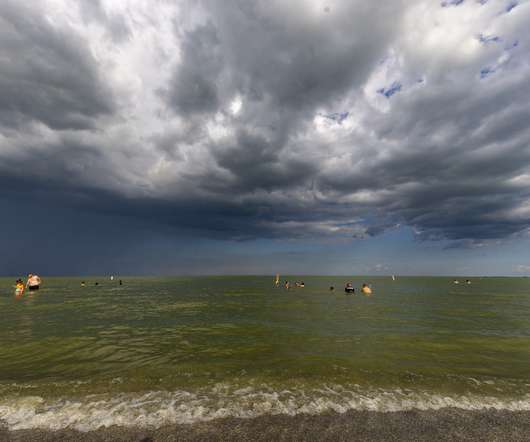





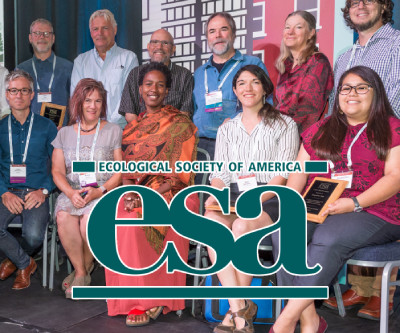




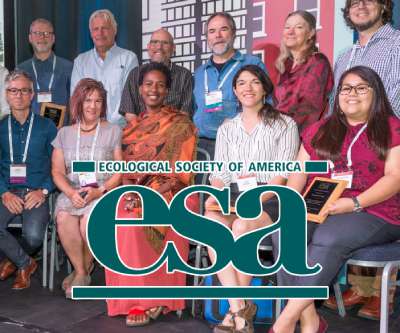
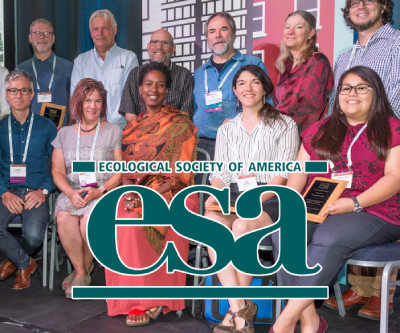


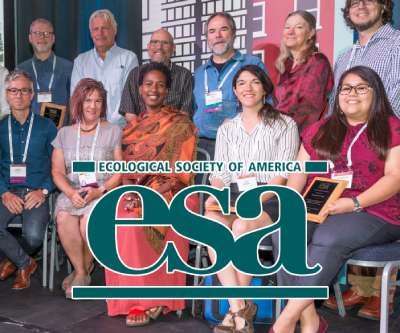






Let's personalize your content